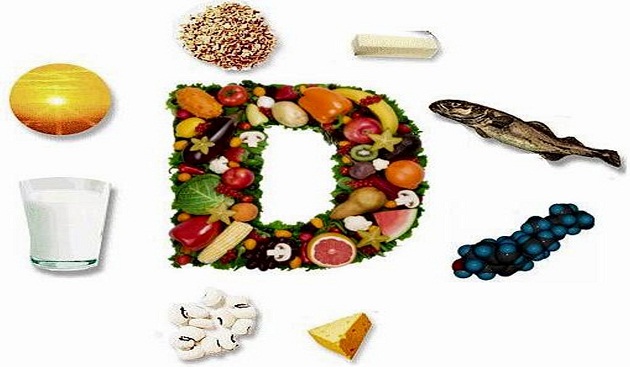In the first part of our four part series on Hepatitis B, we covered what is Hepatitis B, what are the different phases through which the infection progresses and the common symptoms. In this second part, we explain the factors that cause this viral infection.
Causes Of Hepatitis B
Hepatitis B is a blood borne infection, thus the virus is present in the blood stream and other bodily fluids of the patient.
The major modes of transmission of Hepatitis B thus include the following –
Venereal Transmission – In infected individuals, the Hepatitis B virus is found in the semen and vaginal discharge. Hence, unsafe sex is one of the most common causes of transmission of the virus to the uninfected person.
Contaminated Needles/Syringes – Contaminated needles or unsterilised syringes used for injecting illicit drugs, body tattooing or piercing, and acupuncture may lead to Hepatitis B virus transmission. Health care workers may get struck inadvertently with the needle contaminated with the virus.
Vertical/Perinatal Transmission – Hepatitis B is also spread from a pregnant mother to the newborn. This does not happen during the pregnancy, but rather at child birth when the infant comes in contact with the mother’s blood. The transmission rate of Hepatitis B from mother to the newborn is very high, and almost all infected infants develop chronic Hepatitis B. Fortunately, this transmission can be significantly reduced through vaccinations.
Other Causes – Hepatitis B virus is sometimes transferred through transfused blood and blood products, donated livers and other organs as well as while undergoing dialysis for kidney diseases.
Also, when an open wound of an uninfected person comes into contact with the bodily fluids (such as saliva) of the patient, the virus gets a chance to transmit. Even a small amount of blood when transferred through a wound or a cut can get a person infected with the virus.
It should also be kept in mind that the Hepatitis B virus can live outside the body for about a week, therefore, dried blood and fluids also pose a significant risk of contracting the infection.
Additionally, the virus may get a chance to transmit through the use of infected toothbrushes, scissors, razors and tweezers since there may be traces of blood on them.
Some People are More at Risk
Some people, due to their profession (like health care workers, barbers, hairdressers, sewage workers and tattoo artists) may be more susceptible to the viral transmission. However, you cannot get infected with the virus while shaking hands or hugging the patient, eating food with them or through other social contacts.
Stay tuned for our upcoming post on the Hepatitis B diagnosis and treatment options.
Read More:
What You Should Know About Hepatitis B: Part I, Diagnosis and Symptoms






